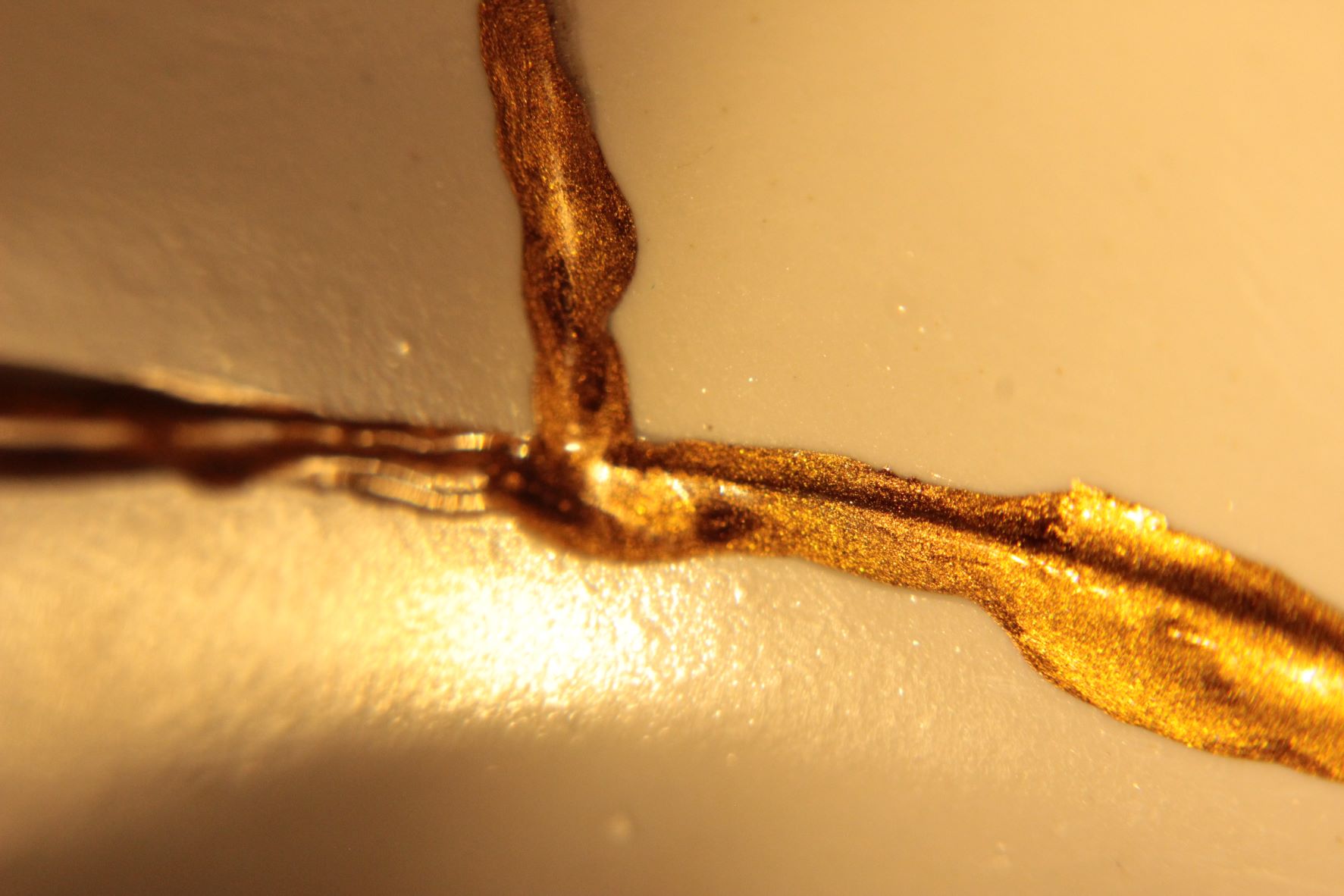Western society discards used and broken items like so much flotsam and jetsam. Once something loses its shiny and new appearance, we don’t want it anymore. Trash piles and landfills are replete with mounds of unwanted, broken and discarded things. First desired and valued, once we have “put a few miles” on these treasures, once they have become broken and flawed, we are quick to disregard, to snub, to throw away.
We do this with people as well. We kick once close friends to the curb if they fall from grace. Brand them forever as useless and shameful, those that no longer meet our definition of the beautiful, desirable and ideal. As a group are quick to judge, slow to forgive and relentless in our persecution of those unfortunate human beings that make mistakes, fall off the wagon, and no longer measure up to our self defined and imposed standards.
Western vs Eastern Differences
Japanese society and culture is quite different. The Japanese continue to treasure and value once broken things, repaired and restored to a new level of beauty. The essence of this philosophy is called Wabi Sabi.
Wikipedia defines Wabi Sabi as the comprehensive Japanese world view or aesthetic centered on the acceptance of transience and imperfection. The aesthetic is sometimes described as one of beauty that is “imperfect, impermanent, and incomplete”.
Wabi Sabi is well captured in the concepts of Kintsukuroi, the art of repaired pottery, also known as Kintsugi, golden joinery, or joined with gold. Basically, when an item of pottery or ceramic is broken, it is not looked down on and discarded. It is repaired, with gold and lacquer or epoxy. The repaired item now takes on a new life, and is even more treasured and valued than it was originally.
What Does This Mean to Us?
Let’s relate these concepts to people. People rise to great heights, emotionally, spiritually, mentally and physically. In both their professional and personal lives, people excel, they prosper and achieve great success. But at times, people “fall of their shelf” like a piece of beautiful pottery, and break. They can be dropped like we would drop a treasured ceramic serving bowl, no longer able to serve the original purpose, becoming pieces of brokenness and shame. They are shunned, snubbed, discarded.
What if we were to apply Wabi Sabi, utilizing techniques like Kintsugi, like Kintsukuroi, to repair and restore these broken lives?
- Would their value be restored?
- Couldn’t we once again begin to cherish and treasure them, as we once did in their original state?
- Will they be allowed to start anew?
I submit to you that all of the above can and should apply to people who have been repaired and restored. As a former truly broken and shattered person, due to a period in my life I am not proud of, I can attest to both the shunning and shame, as well as to the restoration and value that takes place after a period of applied Kintsurukoi.
We do know it is true that some people will never repair and restore. They will remain broken and flawed, mostly due to a self-imposed sense of shame and lack of self-esteem. They will forever be relegated to the landfills of life, never to be valued again. But many can and will regain their beauty and value. And again I submit to you that they are worthy of our admiration and re-acceptance.
Here are 4 reasons why broken and restored is better:
- When people break and shatter, the ordeal and the process of restoration teaches valuable lessons. We can greatly benefit from these lessons. Re-engaging with restored people will in turn add significant value to our lives as we learn from their lessons
- Repaired and restored people are great role models. We can point to the breaks as pitfalls to avoid in our own lives
- We enrich our own lives and fulfill one of the prime reasons we exist, by extending a helping hand, and by putting those restored people back on their valued place on the “shelf”
- Putting people back to good useful work, much like putting that serving dish back into service, is an effective and efficient use of valuable resource, something which our planet sorely needs.
-
- We can learn much from Japanese culture. Wabi Sabi, embodied in the concepts of Kintsugi and Kintsukuroi, are lessons our society should adopt and embrace. There are a lot of formerly broken people, now repaired and restored that should be welcomed back into our lives. They should be put back on their “shelves” to be admired and revered. They deserve it, and we deserve benefitting from the valuable lessons and renewed beauty they have to share with us.
Let me know what you think about all this. I’m keenly interested!
My blog is located HERE
